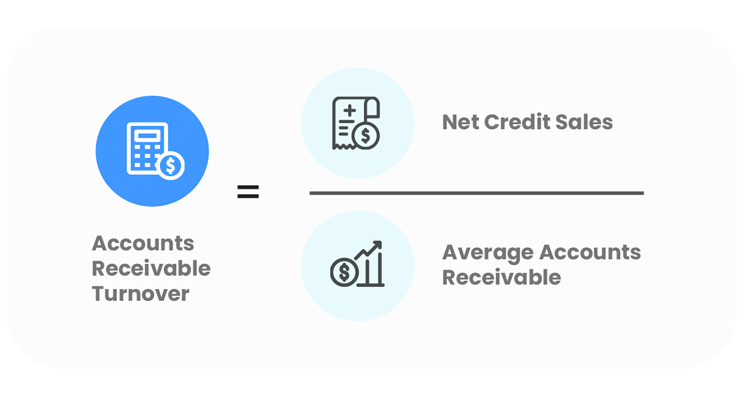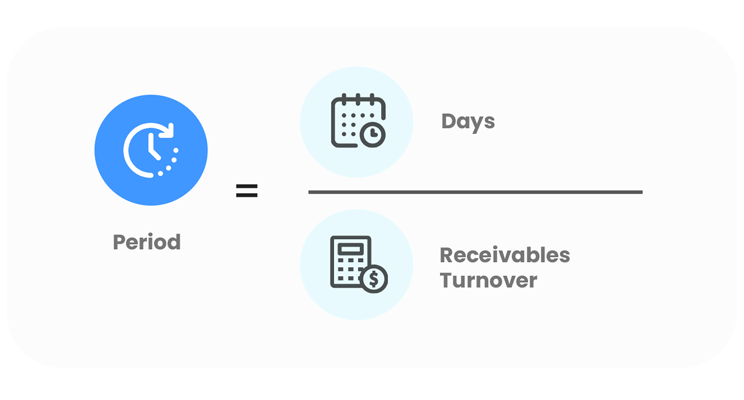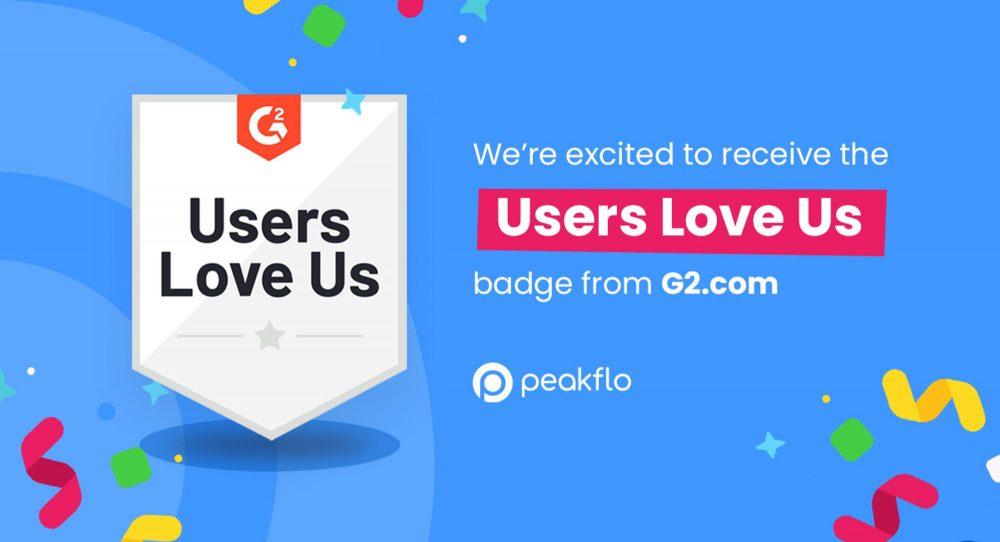Many businesses offer credit terms to their customers, meaning they provide the goods or services now and collect payment later. This model comes in handy when trying to boost sales and customer retention – which is why most businesses use it. Now let’s look at what accounts receivable (AR) are about.
When selling on credit, businesses must monitor all the money their clients owe. That’s when accounts receivables come in. If you’re wondering how AR works, how to keep track of them, and how to measure their performance, this article is for you.
What are Accounts Receivables?

Accounts receivable is simply the amount of cash your customers haven’t paid yet from past purchases. During a credit sale, your customers take your goods or services along with an invoice. Instead of paying you on the spot, the customer will pay on an agreed-upon date in the future, typically after a few weeks. All of that uncollected money gets recorded as receivable.
The Accounts Receivable Cycle
The accounts receivable cycle begins when products or services are delivered without immediate payment and concludes once the invoice is completely settled with the receipt of payment.
The process is initiated by thoroughly examining each purchase order received from customers who intend to make a purchase. Here’s how the AR cycle looks.

Order Placement: Customers initiate the accounts receivable cycle by placing orders. In B2B, the AR team reviews purchase orders for legitimacy and accuracy, with possible involvement from the sales team.
Credit Assessment: Assessing creditworthiness is crucial. The AR team reviews new customer credit applications and evaluates payment history for existing customers to minimize financial risk.
Invoice Delivery: After determining creditworthiness, the AR team sends invoices detailing payment terms, purchased products, and contact information.
Payment Collection: AR teams then initiate payment reminders after sending invoices, especially for net30 payment terms, prompting customers to submit payments within the specified window. Simplify the process by incorporating automated multi-channel payment reminders.
Bad Debt Management: Inevitably, some customers may not pay. Thorough AR processes are crucial. Unsuccessful attempts to collect lead to bad debt write-offs based on industry standards and specific circumstances.
Payment Processing: For customers who fulfill their obligations, the AR team closes out invoices promptly, updating the receivables record. Provide diverse payment options for customer convenience.
Dispute Resolution: Addressing invoice disputes is essential. Whether due to product dissatisfaction or delivery issues, the AR team works to resolve disputes and collect outstanding funds, ensuring customer satisfaction.
AR Reporting: Key metrics like AR Turnover Ratio, Days Sales Outstanding (DSO), and Collections Effectiveness Index are managed by the AR team. During month-end close, journal entries are submitted, and the general ledger’s AR accounts are updated.
Example of Accounts Receivable Cycle
Now, let’s take a look at an example. Say you’re running a company that fixes commercial roofs. Here’s how AR runs from beginning to end:
- You start repairing a multi-family roof on Monday.
- You finished the job Wednesday and sent an invoice to your customer asking for payment after 30 days.
- Starting Monday until the day you get paid, you’ll have an AR, which you record as a debit in the accounts receivable of your trial balance and credit on your cash account.
- You’ll also record this exact amount in your balance sheet’s accounts receivable balance under current assets.
- Once the customer pays, you’ll credit your AR balance and debit your cash balance.
- The amount is now removed from the AR balance and added to the total cash balance.
Importance of Accounts Receivable for B2B Companies
Accounts receivable represents a business’s earned revenue tied up in credit, showcasing outstanding bills. Efficient management is crucial to upholding cash flow. If a business extends more credit, it takes longer to convert accounts receivable to cash, potentially impacting cash flow, especially if sales drive fund generation. Effective management helps businesses meet working capital needs. Additionally, AR can serve as collateral for securing short-term loans. Through factoring, businesses can promptly convert outstanding invoices into cash, addressing urgent financial requirements.
Accounts receivable offer several benefits to a business. It serves as a fundamental analysis tool, allowing stakeholders to assess critical aspects such as the customer base, credit policy, and overall liquidity of the business. As part of current assets, AR can contribute to the generation of liquid funds when successfully realized. Additionally, by extending credit, a business can attract customers who prefer credit purchases, thereby fostering customer engagement and satisfaction. Overall, efficient management of accounts receivable plays a pivotal role in maintaining a healthy financial position for the business.
What Do Accounts Receivable Journal Entries Look Like?
Here are examples of what AR entries will look like in your general journal:
Company XYZ sells consumer goods in bulk. They sold their goods to a local department store on 10 January. The sale amounted to $30,000.00, which the store must pay within 30 days.
The credit sale transaction must be recorded in this way on the journal:

After 30 days, the store has made a full payment of $30,000.00. Company XYZ must also record this cash payment transaction:

In this example, the $30,000.00 payment gets credited in the accounts receivable balance and debited from cash. The $30,000 amount gets removed from AR and added to the company’s total cash balance.
Using the example above, say after 30 days, the store only managed to pay $15,000.00 instead of the total balance of thirty-thousand.
This is how it’ll go on the journal:

The process goes like in example B, but instead of recording the full amount, the company only registers $15,000.00. The company added $15,000.00 to their cash account, but another $15,000.00 still remains in accounts receivable.
How to Measure Accounts Receivable Performance
Monitoring and examining AR allows you, your team, investors, and creditors to gauge your company’s future cash flow, liquidity, and overall financial stability. AR that piles up is never a good thing and is the main reason why many companies experience cash shortages.
Sound AR management requires staying on top of relevant metrics and KPIs. Two of the most important metrics in analyzing AR performance are the accounts receivable turnover ratio and collection period.
Accounts Receivable Turnover
The accounts receivable turnover ratio measures how often you’re collecting outstanding receivables. Here is the AR turnover formula:

- Net Credit Sales – the total credit sales made over your chosen period minus all sales returns and allowances over that same period
- Average Accounts Receivable Balance – the average AR amount of the period which you calculate based on your balance sheet records
- Accounts Receivable Turnover Ratio – the ratio that shows the number of times your company collects its average accounts receivables over a period.
Example 1:
Company XYZ had net credit sales of $1.7M and an average AR balance of $200,000 over a prior 12-month period. Using the accounts receivable turnover formula shown above: $1,800,000/$200,000, we get 9. Company XYZ 9 collected its average AR 9 times during the prior 12-month period.
Accounts Receivable Collection Period
The AR collection period tells you how quickly you collect what customers owe.

- Days – the number of days within your chosen period
- Accounts Receivable Turnover Ratio – the ratio that measures how many times your company collects average AR over a period (the one we’ve already gone through above)
- AR Collection Period – how quickly your company collects AR in days
Example 2:
Since Company XYZ had an accounts receivable turnover of 9 over the last 12 months (365 days), we can easily calculate its AR collection period. Using the formula above: 365/9 gives us 40.5. Company XYZ took 40.5 days on average to collect what its customers owed over the period.
Risks of Outstanding Accounts Receivable Balance
Maintaining a substantial accounts receivable balance poses various risks, including
Uncollected Debt Risk: Extended periods of uncollected high AR may lead to the write-off of bad debt, particularly when credit-purchasing customers face bankruptcy or fail to settle their invoices.
Cash Flow Challenges: While selling on credit enhances revenue, it doesn’t provide immediate cash inflow. In the short term, this is acceptable, but over time, it can result in cash flow shortages, compelling the company to acquire additional liabilities to sustain operations.
What Happens if Customers Don’t Pay?
When it becomes evident that a customer won’t be able to pay, such as when their company goes bankrupt, you’ll have no other choice but to write off the accounts receivable balance.
Using the example above, say after a couple of months, Company XYZ still hasn’t gotten any payment from the local store where they sold their consumer goods amounting to $30,000. After doing a bit of digging, the company found out the store had already closed down, leaving no chance of fulfilling the obligation. Company XYZ decides to write off the balance, deeming it uncollectible.

In this case, the written-off amount of $30,000 gets reported as a bad debt expense, which will appear in the income statement under Operational Expenses. The company then removes the exact amount from the balance sheet’s account receivable balance under current assets.
Cash Remains King
Staying on top of accounts receivables is all-important if you’re going to stay liquid in the long run. We’ve laid out some proven strategies for you to control your cash flow like a complete pro. So head over to that post to ensure you always know how to keep your cash flow pumping.
Failure to collect AR is one of the reasons why many companies fail. Cash remains king, and managing cash flow should be the top priority for any business. Cash management practices and technology have come a long way. With today’s technology, you can automate cash management and accounts receivable, cutting down work hours and spending by a huge margin.
With Peakflo’s Accounts Receivable solution, you can automate invoicing, payment reminders, reconciliation, reporting, and more. You’ll also have the tools to get paid faster and easier.
FAQ
Accounts Receivable refers to money owed to a company by its customers for goods or services provided on credit. In contrast, Accounts Payable (AP) is the amount a company owes to its suppliers for products or services received. Simply put, AR is money coming in, while AP is money going out.
Accounts Receivable is considered an asset. It represents future cash inflows, as it reflects the money that customers are expected to pay. This makes AR an important part of a company’s balance sheet, showing its potential to generate income.
The AR balance is the total amount of money that customers owe a company at a given time. This figure can fluctuate based on sales and payments, and it is crucial for understanding a company’s cash flow and financial health.
Accounts Receivable should be recorded when a sale is made on credit, meaning the product or service is delivered, but payment has not yet been received. This ensures accurate tracking of income and the company’s financial position.
To close Accounts Receivable, ensure all outstanding invoices are paid and recorded. After collecting the owed amounts, adjust the AR balance to zero by making necessary entries in the accounting system. Regularly reconciling AR with customer payments helps maintain accurate records.










![Why AI Sales Calls Are Making Good Sales Reps Even Better [2025 Guide] ai sales calls](https://blog.peakflo.co/wp-content/uploads/2025/09/65168cf6-3001-4733-8cbc-12d5684cf449-218x150.webp)




































